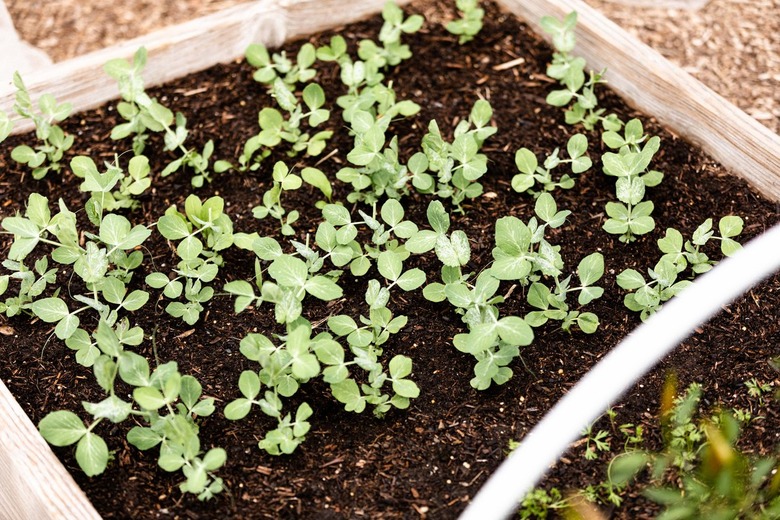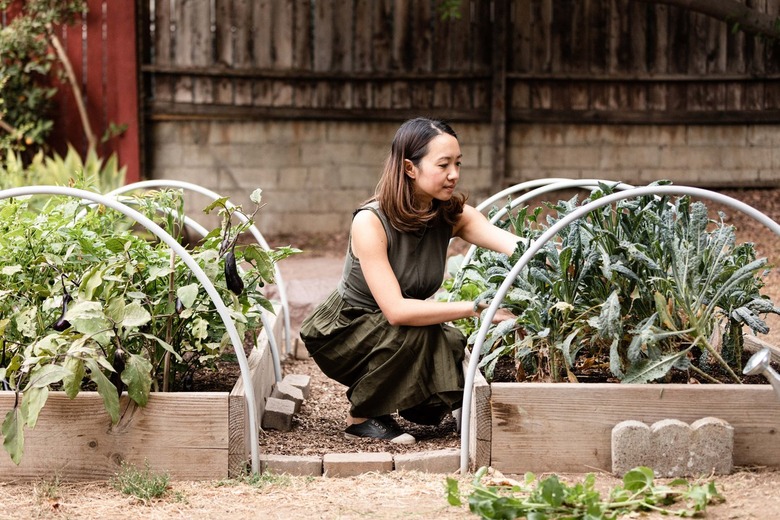What Is A Victory Garden?
Are "victory gardens" trendy or are they old-fashioned? Surprisingly, they are both. These gardens were first popularized during World War I, a full century ago, when citizens were encouraged by the government to plant easy-to-grow veggies in their yards to help with the war effort. But the idea is certainly taking on new luster these days as Americans are eager to garden and grow some of their own food.
The concept of starting a victory garden is very appealing at this particular moment in history. If you are ready to jump in, it's quite easy to get started.
What Is a Victory Garden?
What Is a Victory Garden?
Few of us today recall the food rationing and rampant shortages that faced the country during WWI and WWII. But they were very real, since the nation's farmers had to feed both those who went to war and those who remained behind. Victory gardens were the heroic response, both in this country and in the U.K., Canada, and Australia.
The idea was that citizens would grow vegetables in their backyards or in open spaces like public parks or church lawns. The crops would prevent food shortages at home and also free up more commercial crops to feed the soldiers. It was also a way for people to feel part of an united effort, working together as a community for the common good. By the end of WWI, over five million victory gardens were thriving.
Victory Gardens Today
Victory Gardens Today
With so many people spending more time at home these days, it's no surprise that backyard gardening has become a popular pastime, just like the victory gardens of old.
What could be healthier than being outside, working the soil, and planting seeds? While growing your own food can improve your diet, it can also improve your mental health as you enjoy the sunshine, fresh air, and exercise that comes with working a garden. Putting in crops also provides a sense of self-reliance. A bonus is that it's a nice way to get organic vegetables without paying very much.
Putting in a Victory Garden
Putting in a Victory Garden
The original victory gardens were installed wherever there was unused ground — a small backyard, a public park, or in the play yard at schools. So don't worry too much about how much or how little space you have to plant seeds. A large sunny plot behind the house is great, but you can even begin with a few containers on the patio or porch. In fact, it is wise to start small, especially if you haven't gardened before. You'll need soil with good drainage and a site with sun.
In the days of the first victory gardens, citizens were encouraged to plant vegetables and fruits that were easy to grow, and that's still a good idea today. Most veggies are annuals so your hardiness zone won't be too important, but the season will be. Some vegetables are cool-season crops that grow best before or after summer heat. Plant these in early spring or late summer. Others are warm-season crops, sun-worshipers, planted in early summer to ripen in late summer.
What to Plant?
What to Plant?
For cool-season crops, you'll get the most bang for your buck with leafy greens, like lettuce, spinach, chard, bok choi, or kale. They are colorful, fast growers and can be picked leaf by leaf rather than waiting for the entire plant to mature. Broccoli and cabbage are also good for the spring or fall garden.
Great summer crops start with tomatoes, everybody's garden favorite. But beans, snap peas, and zucchini are also simple to plant and fun to harvest. Plant seeds or, if you are in a hurry, buy starts from the garden store.
When it comes to fruits, berries are a great way to begin, since strawberries, raspberries, and blueberries all give you a harvest the year you plant them. Consider melons too, if you live in an area with a long, hot summer. For the long haul, put in a couple of fruit trees appropriate to your climate. Apple and fig trees can be remarkably low maintenance and very fruitful.

